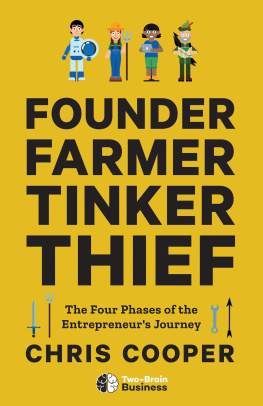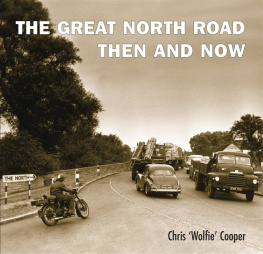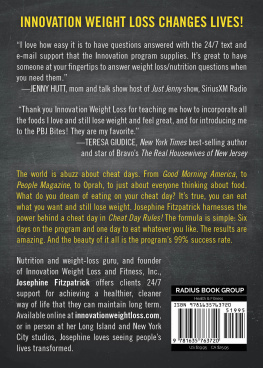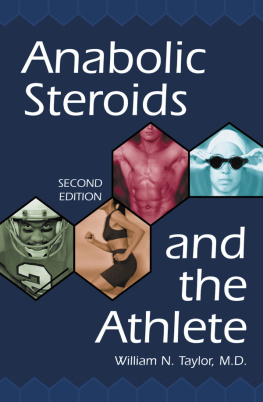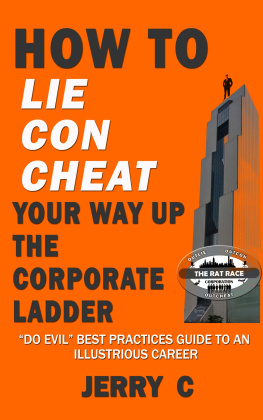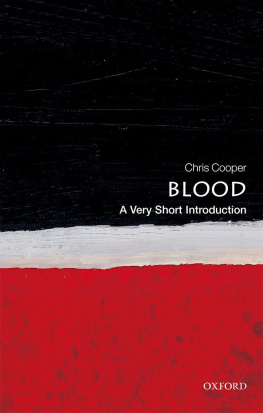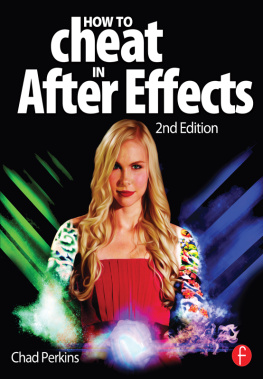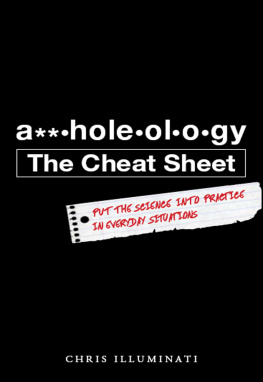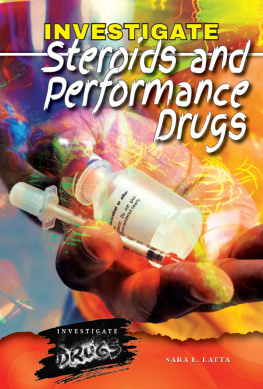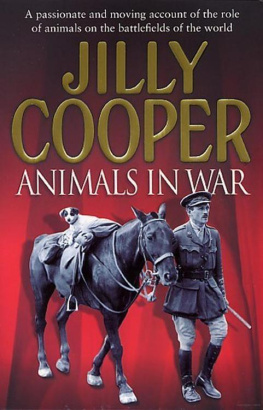RUN, SWIM, THROW, CHEAT
RUN, SWIM, THROW, CHEAT
The Science behind drugs in sport
Chris Cooper



Great Clarendon Street, Oxford, OX 2 6 DP ,
United Kingdom
Oxford University Press is a department of the University of Oxford.
It furthers the Universitys objective of excellence in research, scholarship,
and education by publishing worldwide. Oxford is a registered trade mark of
Oxford University Press in the UK and in certain other countries
Chris Cooper 2012
The moral rights of the author have been asserted
First Edition published in 2012
Impression: 1
All rights reserved. No part of this publication may be reproduced, stored in
a retrieval system, or transmitted, in any form or by any means, without the
prior permission in writing of Oxford University Press, or as expressly permitted
by law, by licence or under terms agreed with the appropriate reprographics
rights organization. Enquiries concerning reproduction outside the scope of the
above should be sent to the Rights Department, Oxford University Press, at the
address above
You must not circulate this work in any other form
and you must impose this same condition on any acquirer
British Library Cataloguing in Publication Data
Data available
Library of Congress Cataloguing in Publication Data
Data available
ISBN 9780199581467
Printed in Great Britain on
acid-free paper by
Clays Ltd, St Ives plc
Links to third party websites are provided by Oxford in good faith and
for information only. Oxford disclaims any responsibility for the materials
contained in any third party website referenced in this work.
CONTENTS
ILLUSTRATIONS
The 1988 Olympic Mens 100 m race in Seoul
Sports Illustrated/Getty Images
The 2005 World Championship 1500 m race in Helsinki
Gary Hershorn/Reuters/Corbis
A comparison of male and female Olympic records in athletics
Distribution of fastest 800 m running times in UK and the World
Distribution of 147 maximum breaks in the world snooker championships
The cycle of life
Different fuels for different distances
Paula Radcliffe: PCN Photography/PCN/Corbis;
Usain Bolt: PCN Corbis
Factors that can control oxygen consumption during exercise
Comparison of the amount of oxygen in plasma and red blood cells
Amplification of hormone signalling by a phosphorylation cascade
The mTOR GO pathway for turning on protein synthesis
A bull with a genetic defect decreasing myostatin production Yann Arthus-Bertrand/Corbis
The myostatin STOP pathway for turning off muscle protein synthesis
Spot the difference
Making a sex hormone from cholesterol
How do steroid hormones work?
How does testosterone increase muscle growth?
Worlds best shot put performances for males and females
Stimulants and brain signalling
Amphetamine
Coffee and metabolism OUP
How caffeine keeps you running
Lee Evans waving a Black Panther beret during medal ceremony AP/Press Association Images
A competition assay for detecting drugs
Using chromatography to separate compounds
Detecting EPO
Detecting gene doping
ACKNOWLEDGEMENTS
The idea for this book arose from discussions with students and staff at the Centre for Sports and Exercise Science at the University of Essex. I particularly thank Jerry Shearman, Martin Sellens, and Mike Wilson who encouraged me to think of applying my biochemical ideas to sports science. I am also grateful for the support of the many scientistsat Essex and elsewherewho suggested helpful improvements to the content of this book. These include Ralph Beneke, Yagesh Bhambani, Stephen Harridge, Gareth Jones, Hugh Montgomery, Ceri Nicholas, Peter Rasmussen, Kevin Tipton, Niels Vollaard, Anna Wittekind and John Wyatt.
This has been my first book targeted at a general readership. I am indebted to Jules Pretty for supporting me in this endeavour and contributing valuable advice both on the scientific content and, especially, on the art of popular science writing. My wife, Helen Cooper, provided the insightsas well as the aggressive proofreadingof an intelligent non-scientist.
I especially wish to acknowledge the UKs Engineering and Physical Sciences Research Council (EPSRC) for providing the support of their innovative Senior Media Fellowship programme; this paid for relief from my formal academic duties, providing the free time to dedicate to writing. At Oxford University Press, Emma Marchant and Erica Martin assisted with technical details of the book whilst Latha Menon provided valuable advice on content.
Finally writing a book is a time consuming and emotional commitment. I could not have succeeded without the support of my family especially my mother Maria, my wife Helen and my two children Lauren and Alex.
Prologue:
A tale of two races
The 1988 Mens 100 m Olympic Final has been called the most corrupt race ever. It took everyones breath away. One man ran a tenth of a second faster than any person had ever done. The world record was smashed. The world celebrated, for a day. And then the new myth fell apart. Ben Johnson, hero of all Canada, was a cheat. Though some of the offences were minor compared to his, subsequent events implicated six of the eight sprinters in that race in activities thatat one time or anotherwould have them banned from winning Olympic gold medals.
I remember the race vividly. I was researching my PhD in Canada at the time, but was on holiday back in the UK. Two Canadians and a Briton were lined up in the final. I stayed up until four oclock in the morning. Although it could be argued that I had dual loyalty between the Commonwealth allies, my main desire was in rooting for the underdog. Could someone beat the seemingly all-powerful US teamin this case exemplified by the not-quite-so-humble current Olympic champion and former world record holder Carl Lewis? Ben Johnson the current world record holder and ).
Johnson was first in an astonishing time of 9.79 smore than 0.1 s faster than any other man had ever run and a time set whilst celebrating victory before reaching the line. But what happened two days later shocked the sporting world, and especially Canada. Johnson tested positive for the banned anabolic steroid stanozolol, the gold medal was removed, and his career collapsed. He tested positive for steroids a second time during an abortive comeback in 1993 and was banned for life by the International Association of Athletics Federations (IAAF).
Second place went to Carl Lewis (USA) who was awarded the gold medal when Ben Johnson was disqualified. However, at the 1988 US Olympic trials Lewis tested positive for the banned stimulants pseudoephedrine, ephedrine and phenylpropanolamine. At the time the US Olympic Committee (USOC) policy was not to ban athletes for stimulant use unless it was demonstrated that there was a deliberate attempt to affect performance. Inadvertent use of herbal supplements or over-the-counter cold remedies would not result in a ban (a decision upheld by an IAAF investigation in 2003). The same defence has not worked in other sports illustrating the anomalies of anti-doping systems. For example the 16-year old Romanian gymnast, Andreea Raducan, was stripped of her gold medal at the 2000 Sydney Olympics when her coach gave her a pseudoephedrine-containing Nurofen pill as a cold therapy.
Next page


